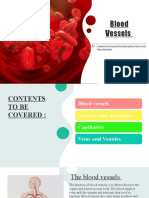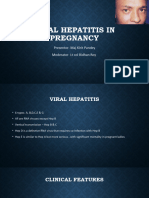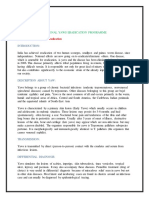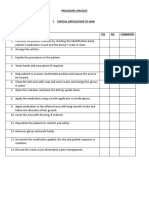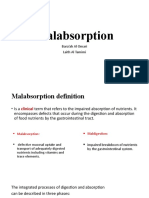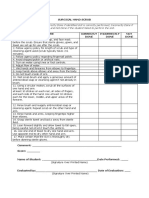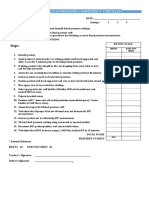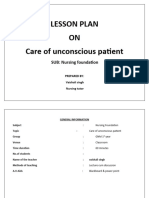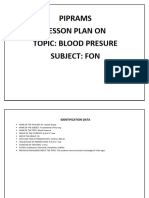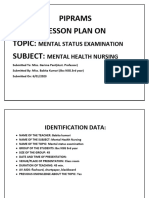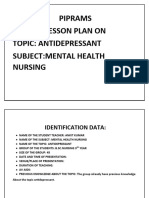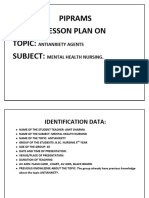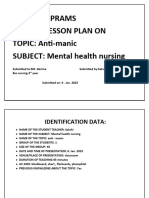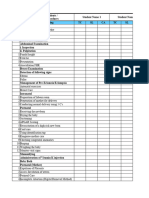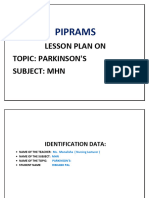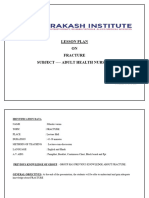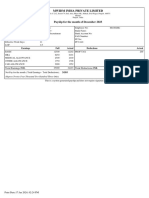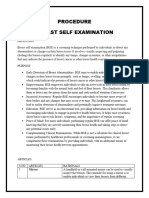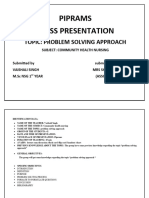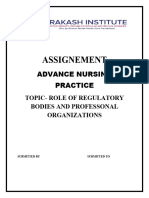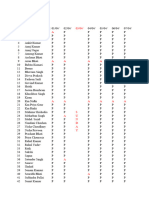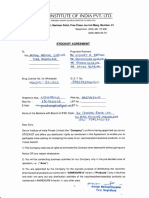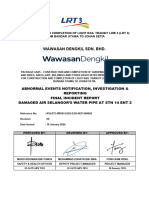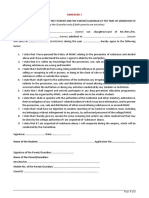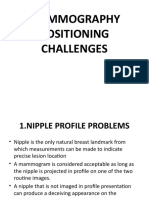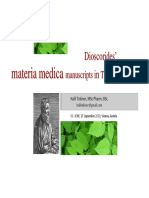I
Intravenous Therapy
Intravenou s t herapy is a complex nursing treatm ent that most children in an acute care setting
have at
one time or another during their hospital stay. Th e importance of correctly identifyi ng vei ns,
catheter
selection, dressings, and potential complication s are all iss ues tha t nurses face on a dai ly basis.
This
chapter contain s indications, common IV solution s, additives, procedure and nursin g ca re
with IV
infusion.
Keywords :lnt ravenoustherapy, additives for IV, skin necrosis, sloughing, tissue infiltrati on, hypoglyce
mia,
air embo lism, cold stress, infu sion pump.
INDICATIONS FOR IV THERAPY
e Supply parenter al fluid s to :
- Maintain daily requirem ents
- Restore losses
- Replace ongoing losses
- Maintain electrolyte balances
- Correct fluid and electrolyte disturb ances.
@ Adminis ter blood and its compone nts
@ Administer parenter al medicati on (e.g. antibio tics, chemoth erapy, analgesic s)
0 Administer TPN (Total Parenteral Nutrition )
(II Provide intraveno us access in case of an emergen cy
ei Provide access for diagnostic purposes (e.g. dye injection prior to a procedur e)
COMM ON IV SOLUTIONS
@ Sodium Chloride 0.9% (0.9 NaCl)
Gl Sodium Chloride 0.45% (0.45 NaCl)
- - - - - -- - - - - ---- _J
� (";~'-.
Intrave nous Th e rapy t 'Jf1l 1 :
Dextrose 5% / Sodium Chloride 0.9 % (DSW / 0.9 NaCl)
Dextrose 5% I Sodium Chloride 0.45 % (DSvV / 0.45 NaCl)
Dextrose 5% I Sodium Chloride 0.2% (DSW / 0.2 NaCl)
0
Dextrose 5% in Water (D5W)
CO MM ON IV ADDITIVES
-·.. ---··· ·-·-···---· ···- ·-··-··-·· - - .. -----·-- -·-· -·-·--· ··-·-- ··--·-··--•--------- ;------·-·---·-·•
I
@ KCl - Potassium Chlorid e I
0
Mg++ - MagnesiumC
Ca++ - Calcium
P0,1 - Phosp ha te
NaHC0 3 - Sodium I3icarbonate
EQUIPMENTS
J. Basic dressing pack
2. Cannula, e.g. 22 G or 24 G Jelco
3. 2 mL and 5 mL syringes
4. Extension tube set
5. Skin preparation
i. Alcoholic chlorhexidine if th e infa nt's weight >1500 gm
ii. Aqueous chlorhexidine if the infant's weight <1500 gm
iii. 2 alcohol swabs
iv. Use betadine and alcohol or spirit if chlorhexidine solution is not available.
6. Strapping
7. Splint
8. Parenteral administration set
9. Parenteral solution an d additives as ordered
10. Hook for pack
11. Infusion pump attached to support
12. Rest raint for limb, if necessary
13. Razor, if scalp vein is used
14. Overhead light
15. Warmth.
PREPARATION S
1. Prepare the above equipment
I
2. Prep are the IV solution as follows:
~
a. Check orders
b. The staff nmse prepares the solution. Two nursing staff must cross-check/prepare solution
I
1
�L~ Ped iatric Nursin g Procedure Manu al
c. Using asept ic techn ique, insert additi ves as ordered in the pack.
Mix well. Attac h signed
additi ve label to the pack.
d . Addit ives rnus Lbe comp atible with each other and with the soluti
on .
e. No dru gs are to be added to the paren teral nu trition bottle . Howe
ver, medic ations may
be added to the buret by either the medic al staff or by the charg e
nurse .
3. Prepa re the skin as follows:
a Clean th e site with alcoh ol/spi rit
b Clean th e site again with h etadin e/ch lorh exidin e soluti on
c Clea n again wilh a lcoh ol/s piri t
d The s ite is now ready for inse rtio n of needl e/can nu la.
HIN TS FOR PROLONGED IV INFUSIONS
J . P repar e a ll requi rem ent s prio r Lo inscrLion or the cannu la.
'lh is h elps to preve nt clot
forma t ion and loss or infusion .
2. Conn ect to th e admin istrati on se t as soon as possibl e and flush
w ith saline /d extros e until
t he line ca n be conn ected to in fus ion pum p.
3. Strap the carnn ula secure ly to preve nt its accid ental remov al.
Su pport the site (espec ially
limb) lo µreve nt the in fa nt d islodging the lin e.
4. Keep a watch for infiltr ation of fluid in subcu taneo us tissue as
well as evid ence of in fection.
Pote ntial Hazards of Infilt ratio n of Fluid Administration
l. Skin n ecros is and slo ughin g may result from the following:
a . Tight strap ping (ische mia)
b . Inje ction of irrita nt soluti on, especially, if osmol ality excee ds
serum osmo lality (280
mmol /L), e.g. 10 p ercen l d extros e (500 mmol /L) or NaHC O 8.4%
3 (1680 mmol /L).
Solut ions shoul d be dilute d more than half the serum osmo lality
value.
c . Inadv erten t intraa rterial infusi on
cl. Conti nue d extrav ascula r infusi on.
2. In fectio n.
3. Tissu e infiltr ation resu lting in hypog lycem ia. Moni tor reflote
st clextr ostrip s.
4. Cold stress esp eciall y if there is a delay in cannu lation .
5. Air embo lism.
Nursing Care
l . Mai ntain the limh in a comfo rtable and fun ctiona l positi on
to preve nt nerve d am age,
struct ural probl ems, and accid ental dislod geme nt of IV line.
2. If unsur e of infusi on pu m p, pleas e refer to equip ment m anual
.
3. Preve nt entry of infect ion into th e line.
I I' _ _
r ___ __ __ ,1 ... Tf' , ., , . ... 1 , ..... ...... ....1 ,L ..
� Intravenous Therapy
5. Hour ly obse rvati ons of the fluid/ham~ progressive total
and orde red total are a must.
6. Main tain the following:
a. Type of fluid and rate/ hour
b. Hour ly total
c. Progressive total
d. Infusion pum p settin g
e. Amo unt of positive or negative balan ce.
)
7. Chec k the infus ion site hour ly repo rt and recor d
increasing swelling, eryth ema and
leaka ge arou nd the site or ische mia.
· 8. If a bure t is used , do not fill over 100 mL routinely.
Refill when bure t has IO mL left.
9. Expel any air from the infusion line.
Note s
1. Prim e giving sets as instru cted in "Infusion pump " sectio
n.
2. Whe n chec king paren teral fluid, note the following:
a. Corr ect fluid for correct patient
b. Additives
c. Expiry date of solution
d. Date of orde rs (new orders every 24 hours).
3. Filters are neve r used for CVC or arterial lines.
4. Pare ntera l solut ion packs are emptied and discarded
when chan ged or when the infusion
is term inate d .
I
I

